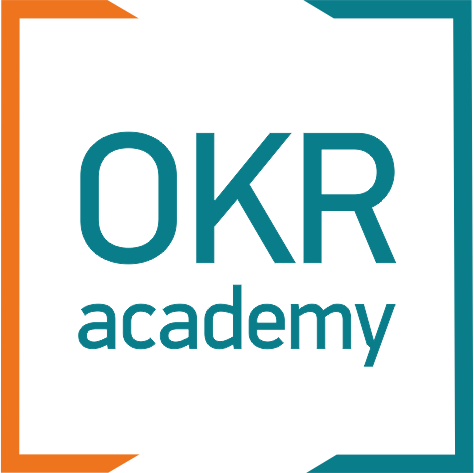OKR basics
How to understand the connection between Key Results and Objectives in OKR?
When we conduct OKR-planning sessions for our clients, we often face the difficulty of writing key results, especially if our participants carefully studied Doerr's book and examples.
For a clear explanation, I found the geometrical metaphor (according to my past in applied mathematics :)
As Andy Grove said, the Objective is the direction, the target, and answers the question: "Where do I want to go?"
Imagine if that was the physical target. How you would understand that you have reached it?
In geometry, we use the coordinates: X, Y, and Z for 3-dimensional space. A combination of the coordinates gives us the clear position of the target and at any moment of our journey, we can measure how far we are from our goal.
These coordinates are the Key Results. So, good Key Results answer the question: "How do I know if I have reached my Objective?" They organize the orthogonal system as independent metrics. If you get the right number of each metric, you will reach the Objective.
As Andy Grove said, the Objective is the direction, the target, and answers the question: "Where do I want to go?"
Imagine if that was the physical target. How you would understand that you have reached it?
In geometry, we use the coordinates: X, Y, and Z for 3-dimensional space. A combination of the coordinates gives us the clear position of the target and at any moment of our journey, we can measure how far we are from our goal.
These coordinates are the Key Results. So, good Key Results answer the question: "How do I know if I have reached my Objective?" They organize the orthogonal system as independent metrics. If you get the right number of each metric, you will reach the Objective.

After this illustration, our participants shows a much better understanding and accuracy in writing Key Results.
The next question that then comes up is how to write good, outcome-oriented Key Results?
You can find the answer in this article Leading and Lagging Outputs and Outcomes in OKR - What to Choose?
The next question that then comes up is how to write good, outcome-oriented Key Results?
You can find the answer in this article Leading and Lagging Outputs and Outcomes in OKR - What to Choose?
Related articles
